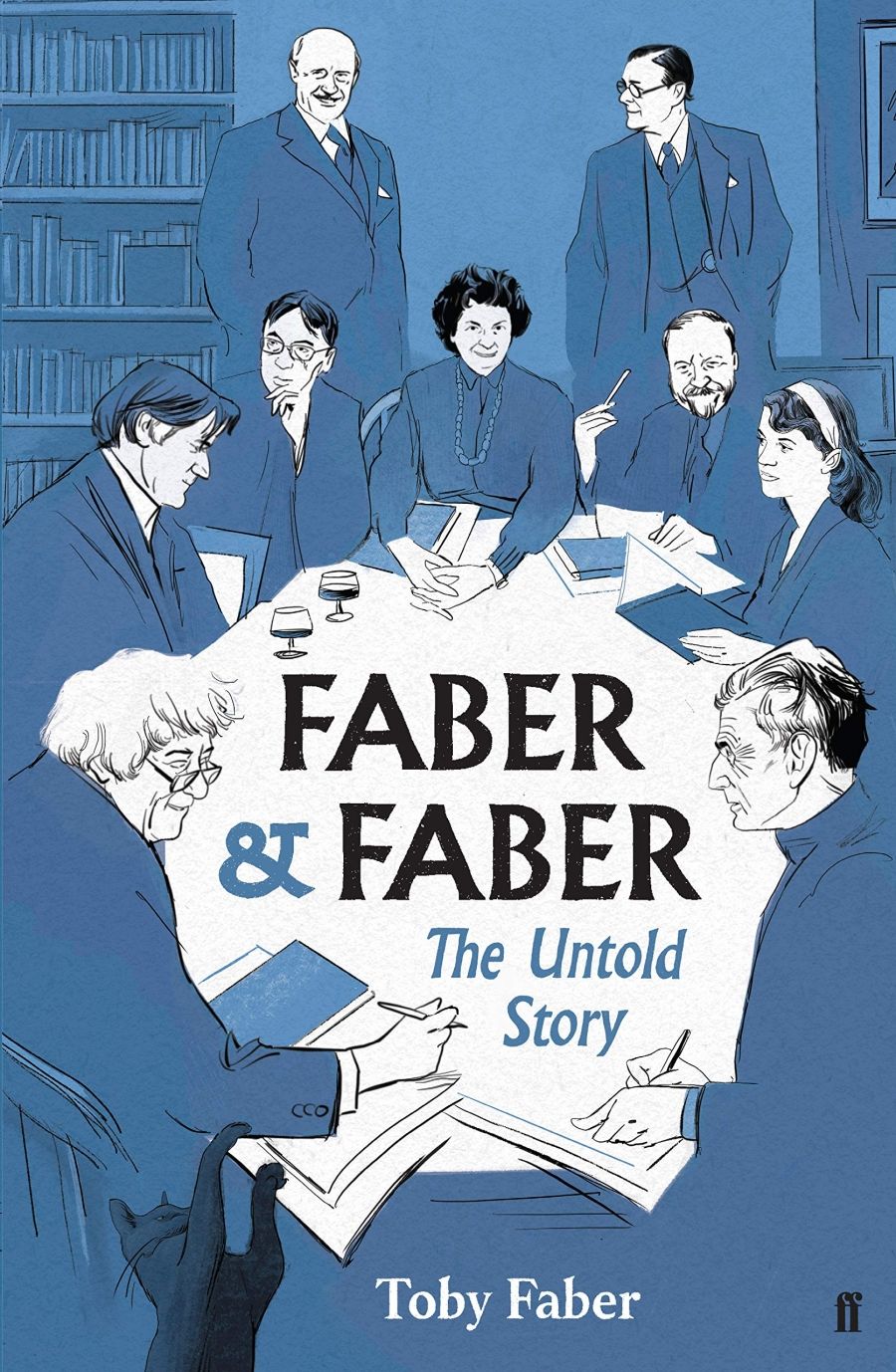
- Free Article: No
- Contents Category: History
- Custom Article Title: Jacqueline Kent reviews <em>Faber & Faber: The untold history of a great publishing house</em> by Toby Faber
- Custom Highlight Text:
The ‘untold history’ of Faber & Faber should be a cause for celebration. For so many of us, possessing the unadorned, severe paperbacks with the lower-case ‘ff’ on the spine meant graduation to serious reading: coming of literary age by absorbing the words and thoughts of Beckett, Eliot, Larkin, Stoppard, Hughes, Plath ...
- Book 1 Title: Faber & Faber
- Book 1 Subtitle: The untold history of a great publishing house
- Book 1 Biblio: Faber & Faber, $28 pb, 422 pp, 9780571339044
The author has also chosen to limit discussion mostly to books and writers that Faber discovered and continue to publish. This is also frustrating: the books that got away are always interesting, and often significant. It also seems to me a mistake to give no space to books and authors with relatively short shelf lives. Books whose fortunes rise and fall rapidly are often excellent indicators of popular culture and part of social history.
What Toby Faber has done, to a dismaying extent, is present a thorough, even exhaustive, financial and corporate history of Faber & Faber. There is a lot of information about shareholdings, changes of directors, who was on the board, and so on. Especially at the beginning of the story, this is irksome. Instead of ponderous memos about share portfolios, the book would have benefited from a quick initial chapter enumerating the company’s development in its first five years, describing the wrangles between the owners of the science press from which it sprang, and how Geoffrey Faber shepherded its growth into a general publisher. The story is certainly interesting, but, presented in this bits-and-pieces way, the financial machinations are given far too much emphasis, and the character of the original Faber (there was only one, Geoffrey added the ‘& Faber’ presumably for euphony) does not come across as clearly as it should. And it is irritating that one of the few pieces of financial information that might really be worth knowing – to what extent the Eliot estate’s royalties from the musical Cats have kept Faber & Faber afloat – is more or less glossed over.
The author who emerges most clearly from this book is T.S. Eliot himself. This is inevitable, I suppose, given that he was not only a Faber author but the poetry editor for many years and was largely responsible for the wonderful list that was built up under his aegis. He was also a good friend and adviser to Geoffrey Faber, helping him smooth over difficulties in the running of the company. As mentioned, the royalties of Eliot’s estate were crucial in keeping Faber & Faber going in the 1980s and beyond.
 The famous photo of the Faber poets, Louis MacNeice, Ted Hughes, T. S. Eliot, W. H. Auden, and Stephen Spender at a party in 1960 (photograph via the Faber & Faber website)
The famous photo of the Faber poets, Louis MacNeice, Ted Hughes, T. S. Eliot, W. H. Auden, and Stephen Spender at a party in 1960 (photograph via the Faber & Faber website)
None of the other authors fares nearly as well. Their letters just turn up in the text, are quoted a few times, usually about their best-known books, and then off they go. While it is interesting enough to read letters from the likes of Samuel Beckett and Kazuo Ishiguro, the book’s lack of context raises many frustrating questions. Whose idea was it to approach Beckett, for instance? What was the literary relationship between the brothers Durrell? If William Golding was as crabby a customer as his letter extracts indicate, how difficult was the editing of Lord of the Flies? It’s also impossible to ignore the absence of women writers: there are fewer than ten in the whole book.
It’s always unfair to castigate an author for not writing the book you think he should – but really, this untold history is very much an opportunity missed. Many readers, I suspect, will pick it up to learn more about Faber’s famous authors, their working practices, and their relationships with their publisher. They will be disappointed. Indeed, it’s disheartening to report that this is pretty much just another corporate history of a publishing company. There are dozens of these now, and the question must be asked: given the often lunatic and eccentric nature of book publishing generally, and the wonderful cast of characters – authors and publishers alike – why are so many of these histories, including this one, so dull?


Comments powered by CComment